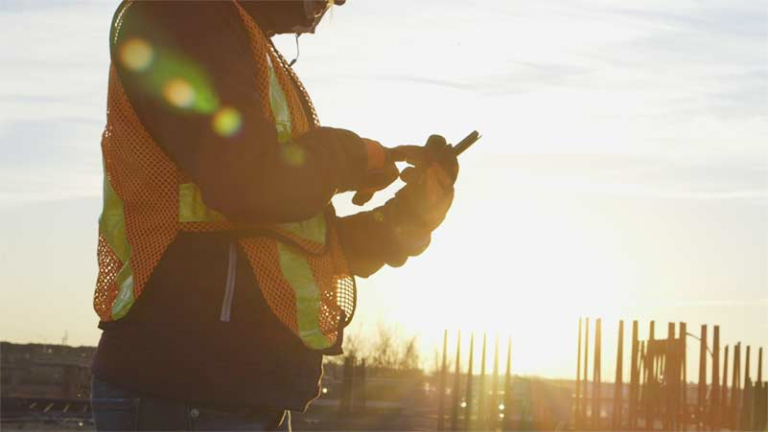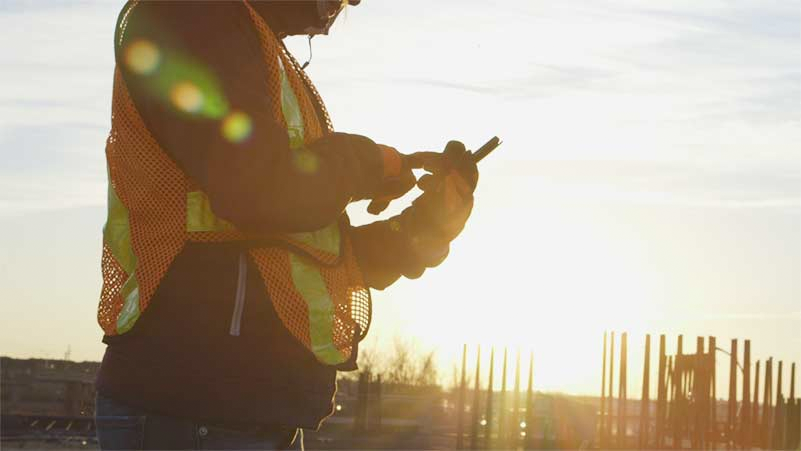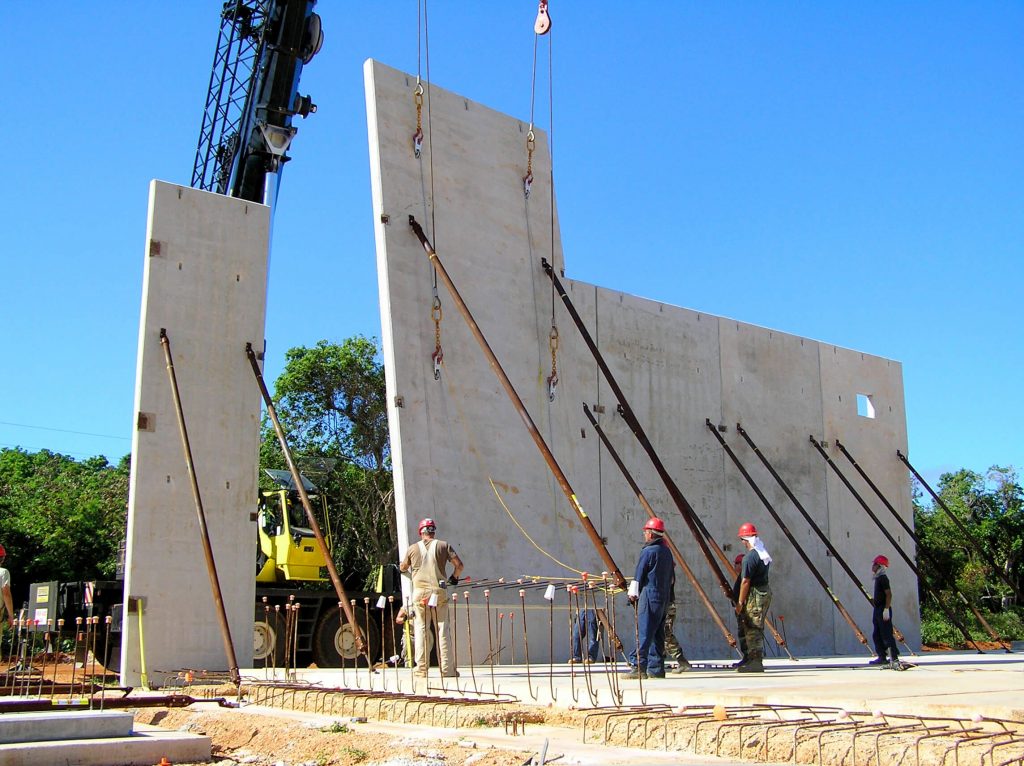The construction industry is one of the oldest industries in the world. It’s also one of the slowest to implement change. The proof? Textbooks I studied 20 years ago are still used in civil engineering schools worldwide today!
Explore 12 Futuristic Technology Trends Solving Concrete's Biggest Challenges.
How is that possible? For one, design practices have not changed much—at least not as much as in the other industries. More importantly, however, the adoption of new technologies in the construction sector is very slow.
In one word, the construction industry is ‘conservative’.
This can, to some extent, be expected as a result of how things work in the industry. The liabilities associated with the design and construction of structures are so high that they make anyone—from owners and engineers to contractors—extremely cautious about making risky decisions.
For this reason, building codes and standard methods must be followed in the design, construction, and maintenance stages of construction projects.
Why Are Construction Practices Lagging Behind?
Every day, researchers are developing new technologies, testing methods, materials, and practices. Just these last few years, we have seen developments like self-healing concrete and 3D-printed homes.
Standardization Is Slow
The issue lies in the fact that it takes so much time and effort to standardize these new methods. For starters, it may take up to five years to develop a new ASTM standard, not to mention several committee meetings, balloting, and cross-laboratory testing.
Then the adoption of the new standard in the building code (which is what civil engineers rely on when designing structures) may take as long as 10 years. But that’s not all…
Contractors and Engineers Are Hesitant to Adopt New Technologies
Once the standard is accepted, it takes time for engineers to change old processes and step outside of their comfort zones.
Take Canada and the U.S., where the concrete maturity method is now fully approved for real-time strength monitoring of concrete. Despite all the time and money savings that the maturity method provides, most engineers still prefer traditional break testing (breaking of concrete cylinders to gauge concrete strength).
If we begin standardizing a new construction technology this very moment, we can only hope that 15 years from now it will be in the building code. This slow adoption process may not have been a big deal before because technology wasn’t developing as quickly as it is now. But the way things are today, these technologies will be outdated by the time they make it into the building code!
And let’s not forget that the new generation of engineers are raised with smart technologies all around them. Naturally, they not only expect, but demand the implementation of the latest innovations in the design and construction of future structures.
On the other hand, as much as professional engineers are required to follow regulations in their practices, they are obligated to safeguard public interest and address sustainability issues. If a new, more accurate method of testing concrete or a novel cement-based material that has a smaller carbon footprint become available, engineers are ethically required to look into them and evaluate how they can make their structures safer and more durable.
Technologies That Push the Limit
We all saw how Uber revolutionized the old-fashioned taxi industry. The slow-to-change taxi companies paid the price of not staying up-to-date with the realities of today’s world. As such, our children will talk about the taxi the same way we talk about the floppy disk today.
It seems that the construction industry has no option but to embrace technology if it is to avoid falling into the same pot-hole. Some companies are already aware of this and are making the necessary changes to decommoditize concrete.
- GCP Applied Technologies: An automation system called Verifi to ensure consistent quality of concrete delivered to the jobsite
- PlanGrid & Procore: Software solutions and mobile apps that keep everyone in a project synchronized with up-to-date blueprints as well as other construction details
- CarbonCure: A system to use recycled carbon dioxide in the production of greener concrete at ready-mix and precast plants
These are all examples of advanced technologies that are already being used in today’s market.
It appears that the fastest and most feasible way to bring new methods to the construction industry is to make sure they meet current regulations and guidelines and then to push the limits gradually.
Giatec’s SmartRock® Plus Value-Added Solution
At Giatec, we have developed SmartRock® Plus, a mobile-based technology that gives real-time ready-mix data to contractors who want to obtain temperature and strength results at jobsites.
Immediate access to this information helps contractors move faster to the next stages in their process, thus saving significant time and money in their projects.
This novel solution combines wireless concrete sensors with mobile apps and cloud technology. Within a year of its launch, SmartRock® Plus was implemented by ready-mix concrete producers including Lafarge Canada, MMC Materials, Stoneway Concrete, Tomlinson Group, Hilltop, Angelle Materials, and Concrete Materials.
How SmartRock® Plus Benefits Ready-Mix Producers
Here are just a few reasons why ready-mix producers have been so quick to adopt SmartRock® Plus into their projects:
- SmartRock® Plus meets Canadian and U.S. building codes and is based on ASTM C1074 standards for estimating concrete strength using the maturity method;
- The wireless maturity sensor is rugged, durable, and can be easily installed at the construction jobsite;
- The intuitive mobile app collects data from the sensor and analyzes it on both iOS and Android platforms;
- Full report generation is quick, easy, and cuts post-processing time;
- Sensor data is automatically shared with project collaborators through the cloud and can be accessed anywhere, any time; and
- We partnered with ready-mix producers and leveraged their data to eliminate the hassle of maturity calibration for contractors.
If novel technologies are designed to solve a real pain using the simplest approaches possible, customers will drive adoption—regulatory bodies will have no choice but to follow.










